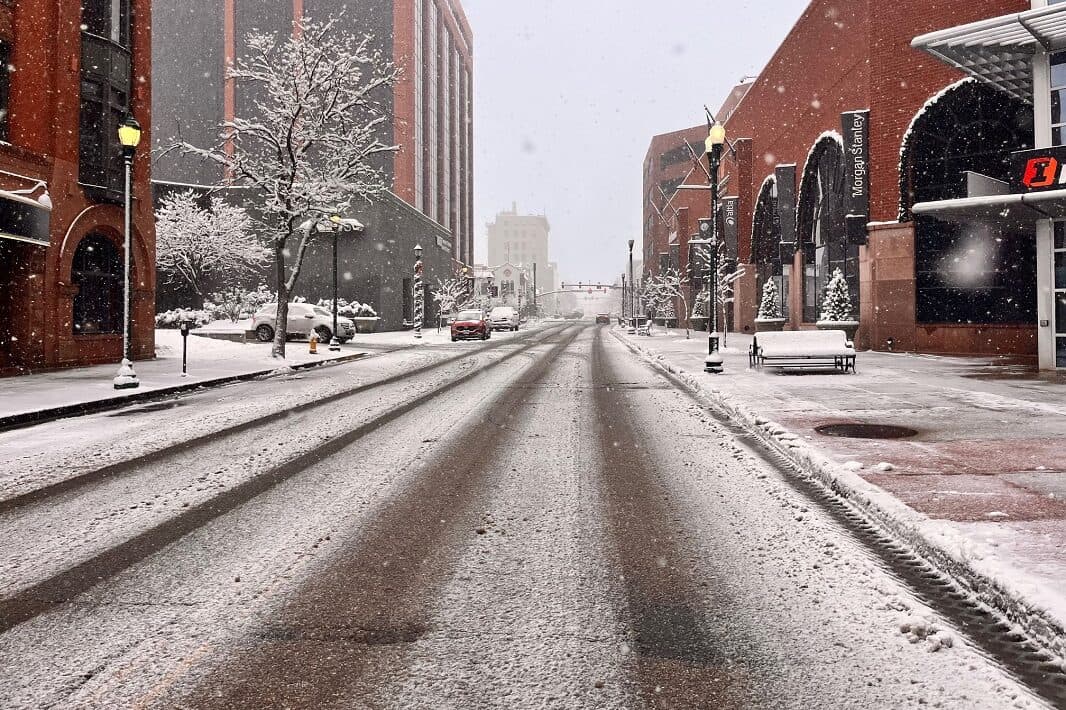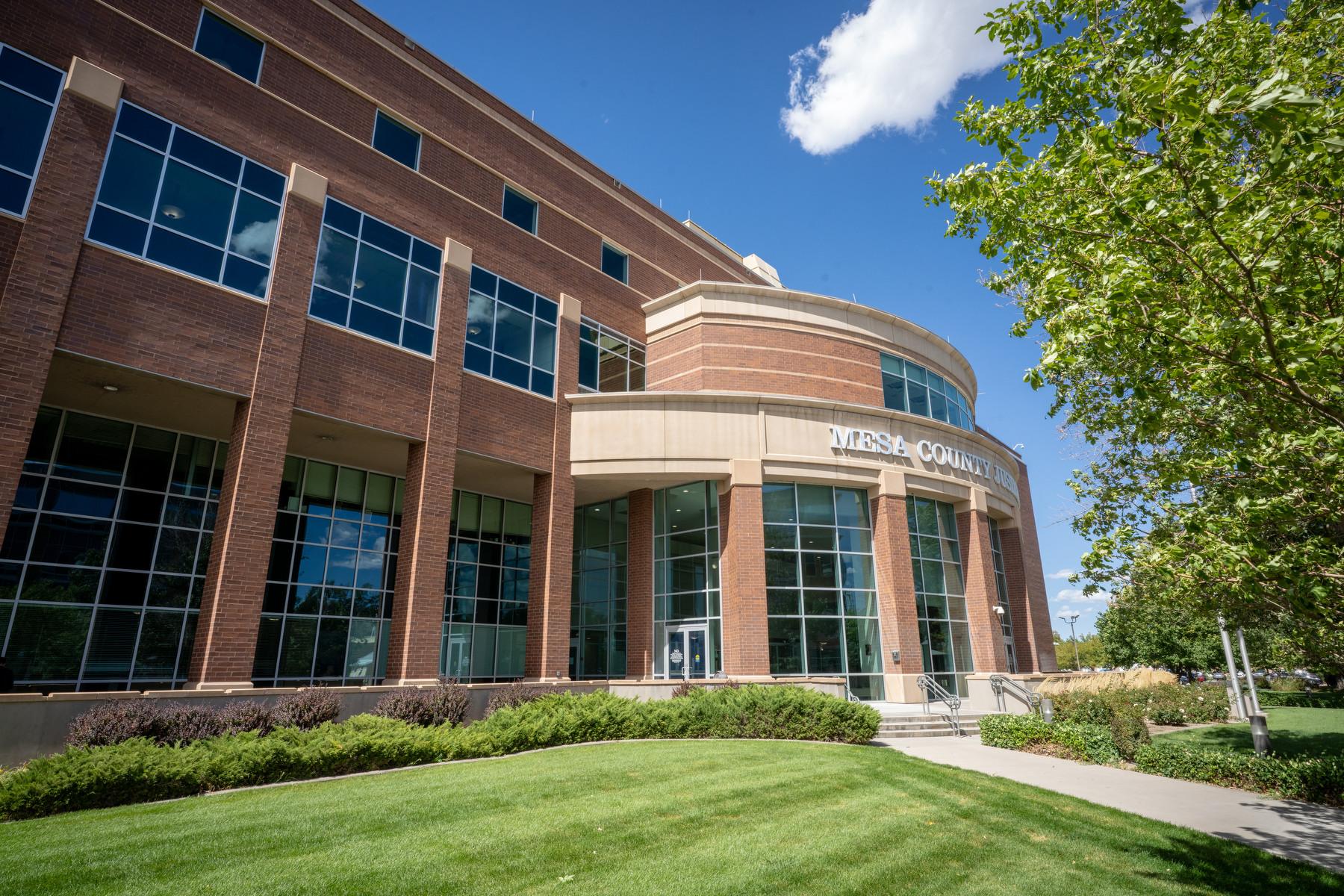 Wildfire season has arrived in Colorado. The National Weather Service put out red flag warnings – notice of higher wildfire danger – for all of southeastern Colorado this past weekend.
Wildfire season has arrived in Colorado. The National Weather Service put out red flag warnings – notice of higher wildfire danger – for all of southeastern Colorado this past weekend.
Most scientists predict this fire season won't be as bad as the last few in Colorado, partly due to high snowpack. But the longterm trend is towards more big fires, according to experts, due to a complex set of factors. They include a build-up of trees and brush – much of it dead – and an increasingly dry, hot climate, according to Michael Kodas, who teaches at the University of Colorado-Boulder. Kodas is author of the forthcoming book, "Megafire," about the rise in wildfire throughout the American West.
The buildup of trees and brush can be attributed in large part to a policy that lasted for several decades in the U.S., from the mid-1930s to the mid-1970s, to put out every fire by 10 a.m. the day after it was first reported. Even though the 10 a.m. rule is no longer active policy, the philosophy of full suppression continues to influence many fire mangers and policymakers.
Another major factor in increasing wildfires is the development in the wildland-urban interface. More homes in the WUI means more fuel for an active fire, and the amount of development in the WUI still has significant room to grow. According to Headwaters Economics, a firm that often studies wildfire issues, as of spring 2013, 84 percent of private lands near fire-prone public forests in the West remain undeveloped.
The increased number of fires – particularly in or near private developments – have meant significant rises in the amount of money taxpayers spend on fighting fires. The U.S. government now spends about $3 billion annually on fire suppression and prevention, after averaging less than $1 billion per year in the 1990s.
According to Headwaters Economics, "If just half of the [available] WUI is developed in the future, annual firefighting costs could explode to between $2.3 and $4.3 billion." By comparison, the firm writes, the U.S. Forest Service’s total annual budget is about $5.5 billion.
For advice on what to do to prepare for wildfire season, check out tips from Keith Worley, president of Pikes Peak Wildfire Prevention Partners.








